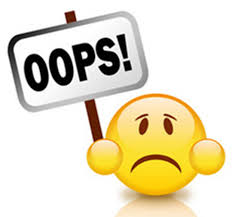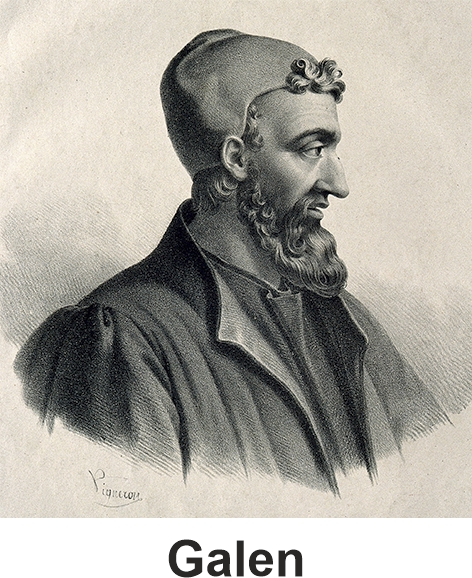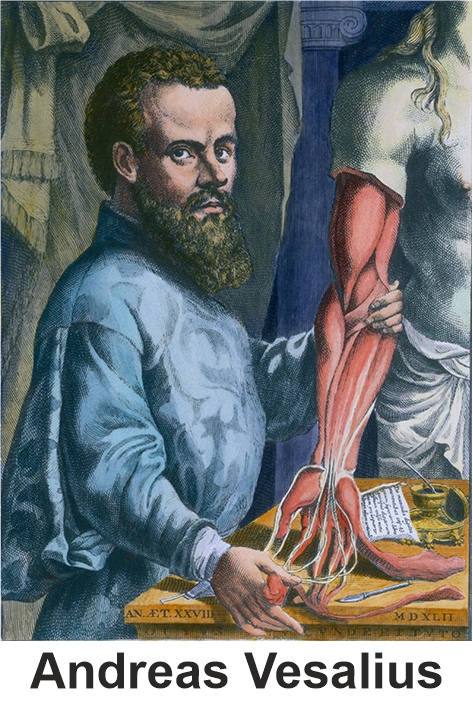
¿What if the expert is wrong?
For over 1,300 years, doctors were wrong in both the West and the East
Hippocrates (Hippocrates of Cos – 460 – 370 BC), from ancient Greece, is arguably the most famous physician in the world.
The Romans, the hegemony of that time, despised all those who were not of their same “lineage”. For this reason, they called Galen, in a derogatory way, “ little Greek”, even though his father was a rich man.
After Galen moved to Rome, he began to have great performance and recognition as a physician, to the point of being hired to serve the elites; he even became the physician of the emperor Marcus Aurelius.


In Galen’s time, the dissection of human corpses was repudiated and illegal. Therefore, his dissections and anatomical descriptions were normally carried out on animals, especially primates (apes), and he considered them very similar to humans. This « small detail» was forgotten over time.
¡More than 1,300 years passed, during which everyone followed Galen’s anatomy!
But along came Andreas Vesalius (1514-1564), and he began to realize that several of the descriptions in Galen’s books did not match the direct dissections performed, now on humans, by Vesalius (Latinized).
Faced with this situation, Andreas Vesalius, went into a frenzy of work. The engravings and drawings of his dissections were made by the best draftsmen and illustrators in Europe.
Vesalius’ career was recognized in many places, and he was already teaching, among others, at the University of Padua between 1537 and 1543. In addition, he accompanied the kings of Spain Charles V and Philip II in their campaigns as a private physician, which allowed him to acquire exceptional knowledge of surgery. He lived many years in Spain, hence his name in Spanish (Latinized).
Its success was immediate, marking the establishment of anatomy as a modern descriptive science.
Medicine owes much to Hippocrates and Galen. But also to Andreas Vesalius, who much to his regret, had to contradict an expert.
¡Sometimes, a great expert can be wrong!
¡One must always think and analyze!

